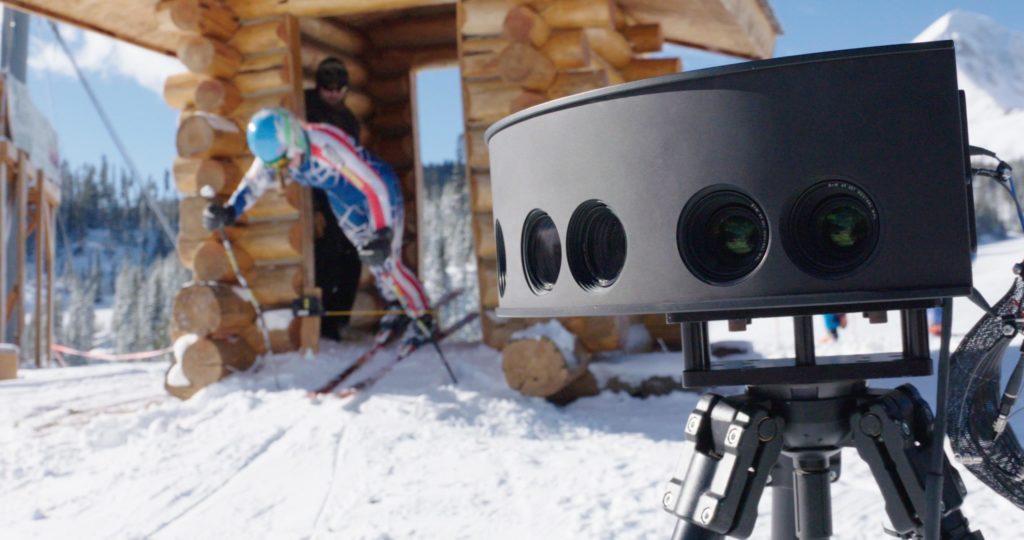Why is the most important sporting event in history also one of the most difficult to enjoy in VR?
The 2022 Winter Olympic Games are just around the corner, which means many of us have already begun planning our Olympic viewing schedules. Thanks to the ongoing COVID-19 pandemic, however, most of us were forced to cancel our much-anticipated biennial watch parties.
This should be the part where I explain how VR technology is revolutionizing the way we experience the Olympic Games. Unfortunately, watching your favorite competitions in VR is still a headache; an expensive, inconvenient headache.
As far as we can tell there are only a handful of ways to watch the 2022 Winter Olympics in VR. The first and best way is using the official NBC Olympics VR by Xfinity app. Available for download on Meta Quest and Meta Quest 2 headsets, the NBV VR app offers an extensive amount of Olympic coverage.
This includes live 180-degree coverage of the opening ceremony and select sports, VR coverage from 10 events including Alpine skiing and bobsled, and a slew of exclusive content. You can enjoy 150 hours of 8K coverage by yourself or start a watch party with up to three friends and cheer your favorite countries on together.
Unfortunately, in order to enjoy this immersive coverage, you’ll need a subscription to USA Network, which will run you a costly $69.99. A limited amount of select content will be available free without the need for a subscription. Why the powers at be decided on such limited availability is a mystery.
Then there’s Bigscreen VR. Originally released on PC VR headsets back in 2016, this remote desktop app lets you use your PC in VR. You can set up a private lobby and invite friends or search for an existing public lobby already streaming the Olympic Games. This is, of course, a much more simplistic viewing experience compared to the NBC Olympics VR app. That said, watching live events on a two-story-tall screen in your own private theater is still pretty sweet.
You can also enjoy free Olympic coverage courtesy of NBC via a compatible VR web browser. Unfortunately, this option does not include any social capabilities.
Like we said in our previous coverage of the 2020 Tokyo Olympics, the international event has never been afraid to adopt new technologies, such as Intel True View, AR glasses for spectators, and 3D athlete body tracking. During the 2016 Summer Games in Rio, Gear VR users could enjoy a wide range of events in VR, such as track & field, basketball, and diving.
Since then we’ve seen immersive technology used for coverage in a variety of unique ways. Here’s hoping future Olympic Games will feature a wider range of easily-accessible VR/AR content.
Feature Image Credit: Intel
The post Watching The Olympics In VR Should Not Be This Hard appeared first on VRScout.







